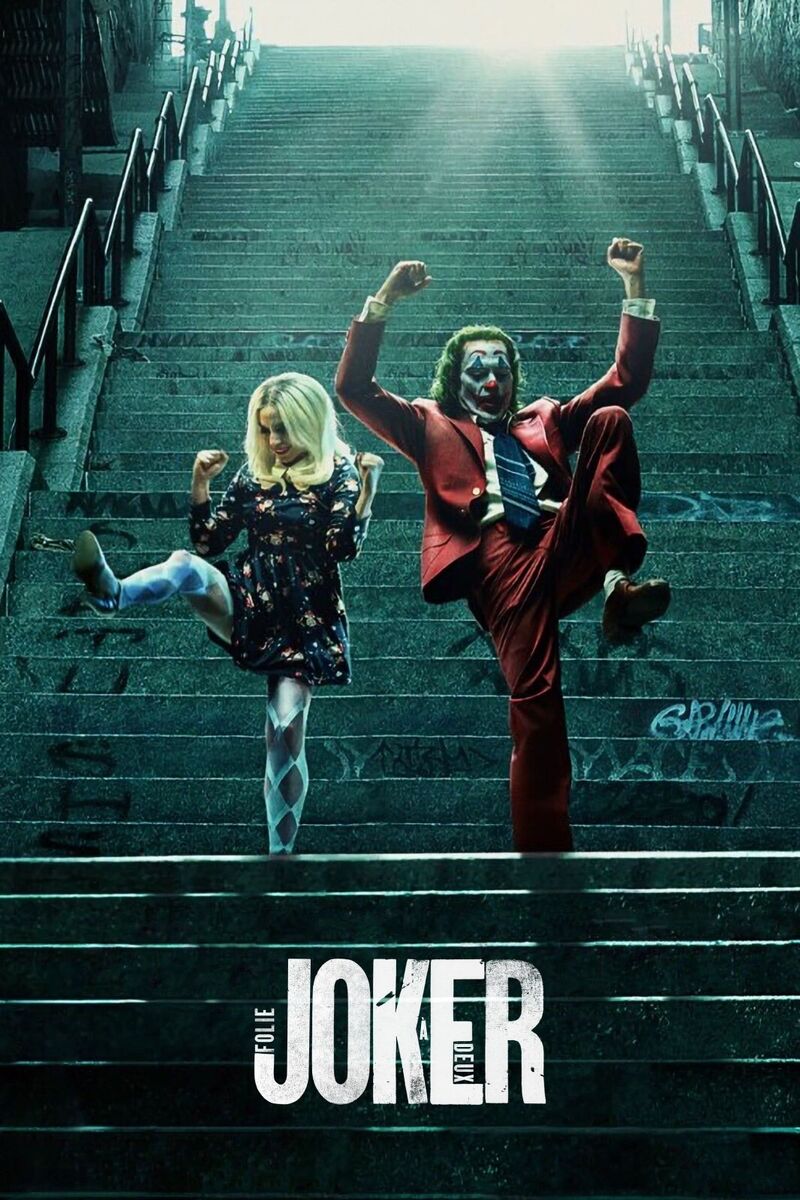He’s back.
That’s right — the scarf-wearing, swaggering sleuth Sherlock Holmes lives.

After a mind-boggling two-year hiatus, BBC’s Sherlock is premiering in the U.S. on Jan. 19 for its third season.
Viewers’ hearts fell at the finale of season two, when (spoiler, although the original stories by Sir Arthur Conan Doyle are about 100 years old) Sherlock Holmes faked his death. The finale of season two, which aired Jan. 2012, ended with him jumping off the roof of St. Barts’ Hospital. The staged suicide was an effort to end the criminal network of cruel mastermind James Moriarty, Sherlock’s archenemy in the seasons one and two.
Sherlock (Benedict Cumberbatch) returns in The Empty Hearse, a clever spin-off of The Adventure of the Empty House, the title of the short story which resurrected Mr. Holmes in 1903. The episode exists mainly to flaunt the show’s return and to tie up loose ends, namely how he survived the fall. The plot of the first episode is fairly weak — there’s a new villain in town who threatens to blow up the Parliament Building. Yawn. The dynamic aspect of the first episode is Sherlock’s reunion with his best friend John Watson (Martin Freeman), who in Sherlock’s absence has gotten engaged to the lovely Mary Morstan (Freeman’s actual wife Amanda Abbington).
Apart from the much-anticipated emotional reunion of Holmes and Watson, the first episode was a disappointment. The cinematography and musical score, usually elegant and crisp, was sloppy. Much of the cast was written out-of-character. I’m guessing the crew felt giddy of the show’s return and decided that, to hell with it, anything goes.
The second episode, The Sign of Three, is infinitely better than the premiere. The writers took a deep breath and calmed down a bit for the second episode, and Sherlock’s character development is the central part of The Sign of Three, which is primarily based on his best man speech at the wedding of John and Mary. His speech is funny and poignant, and muses about some of the cases they never solved, such as The Red Private and The Mayfly.

But while John and Mary are celebrating their big day, murder is in the air. A reclusive man from Watson’s past as an army doctor, General Sholto, is in danger of being murdered, and Sherlock, John, and now Mary (who has a much stronger and kick-ass personality than in Conan Doyle’s canon) take a break from the festivities to hunt down a killer. The Sign of Three is engaging, touching, and beautiful, from the impeccably shot scenes to the perfectly dressed cast.
The third and final episode was the masterpiece of season three. In the likes of the past two seasons, the finale was a round of unexpected punches, and of course, a wild cliffhanger.
His Last Vow introduces a creepy, shark-like villain named Charles Angus Magnussen played by Lars Mikkelsen. Magnussen’s power lies in his encyclopedic knowledge of people’s “pressure points” and is known as the Napoleon of Blackmail due to his background information on members of M-16.
Martin Freeman delivers the performance of his career as a man who has lost everything more times than he can count. Watson is furious in the first scene as he discovers Sherlock has relapsed into his previous untold drug addiction. The original Mr. Holmes had a tough relationship with cocaine, and the modern detective is not immune to his former demons. It’s hard to tell whether Sherlock’s behavior in this episode is an effect of the drugs or his personal growth.
Perhaps the most ambitious scene in Sherlock history occurred when, about 20 minutes into the episode, Sherlock is (spoiler alert) shot. The following sequence of people in his mind walking him through survival takes only seconds in reality but stretches over many minutes and surreal transitions in the episode. For a self-proclaimed loner, Sherlock wrestles himself out of death thanks to the relationships he has with John, Mycroft, Molly, Anderson, Lestrade, and Mrs. Hudson, and even the complex love he has for Irene, Mary, and Moriarty. Wait, who? Nevermind. I’ve said too much.
All three episodes of the new season have already been aired in the UK. However, for the purists out there who wish to view the three hour-and-a-half-long installments on TV, the episodes air Jan. 19, 26, and Feb. 2 at 10 p.m. on BBC One.






